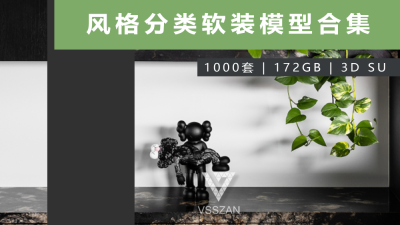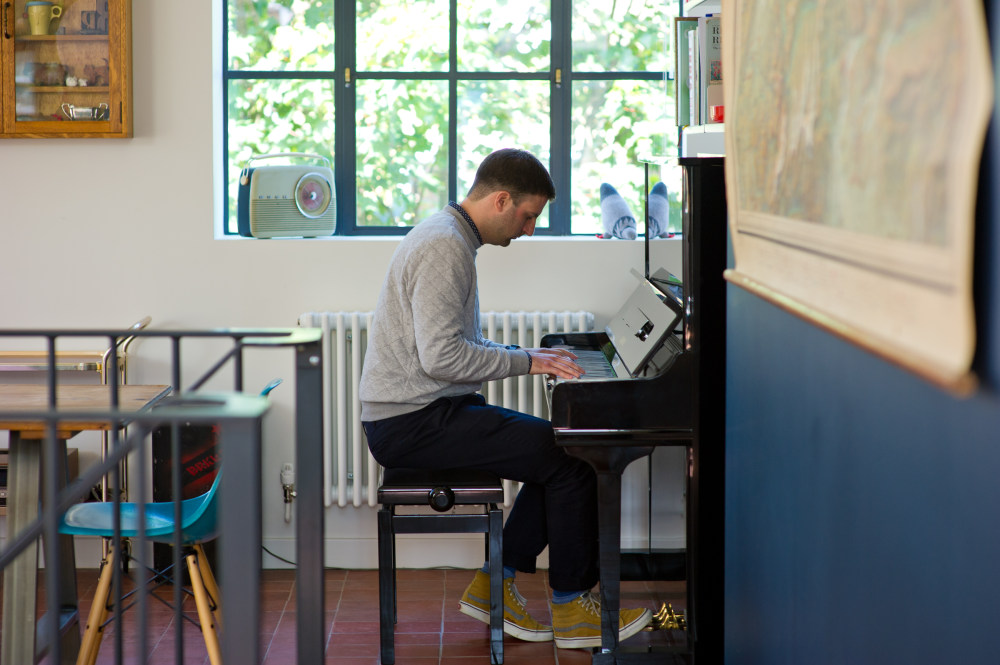
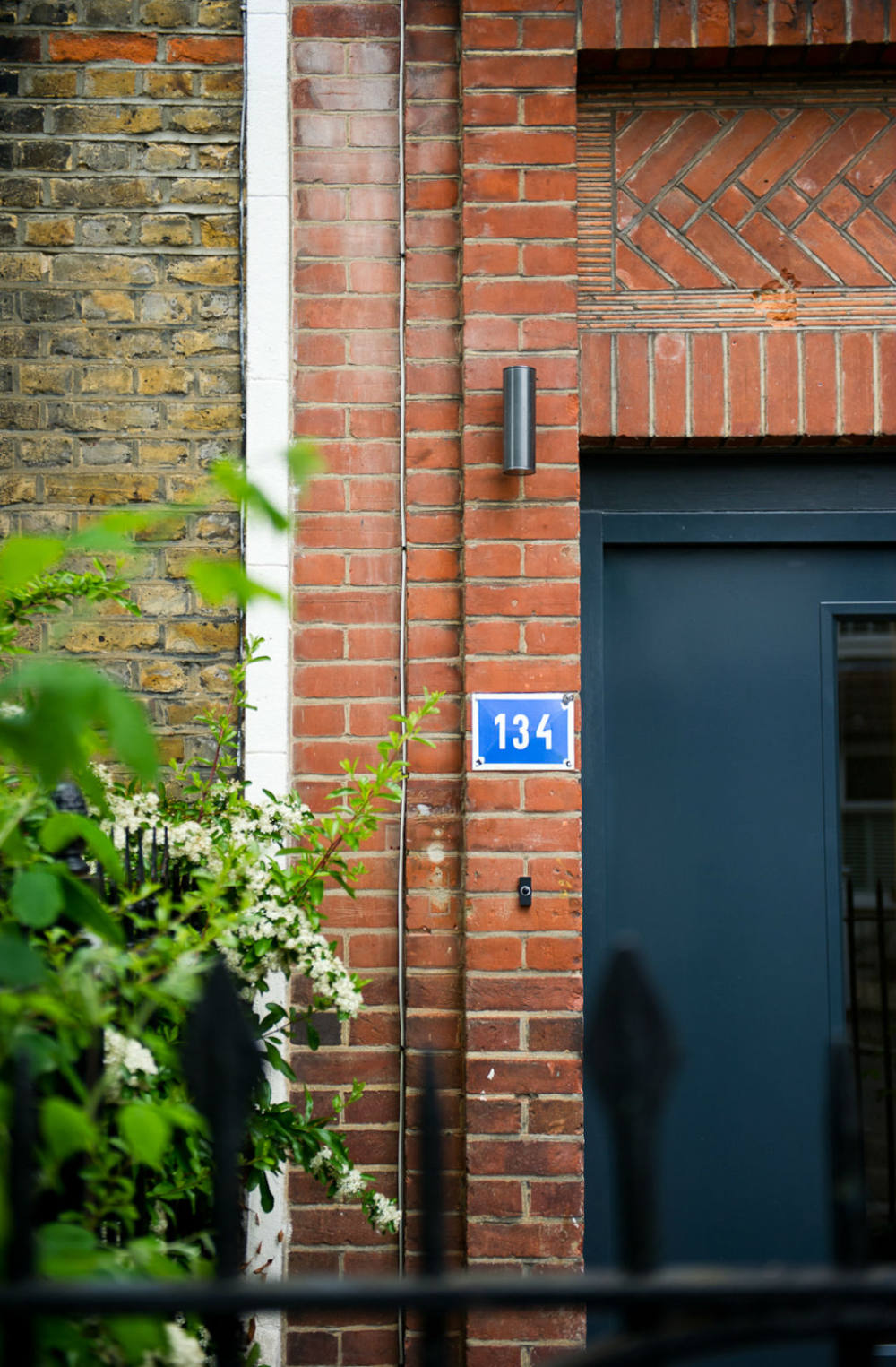
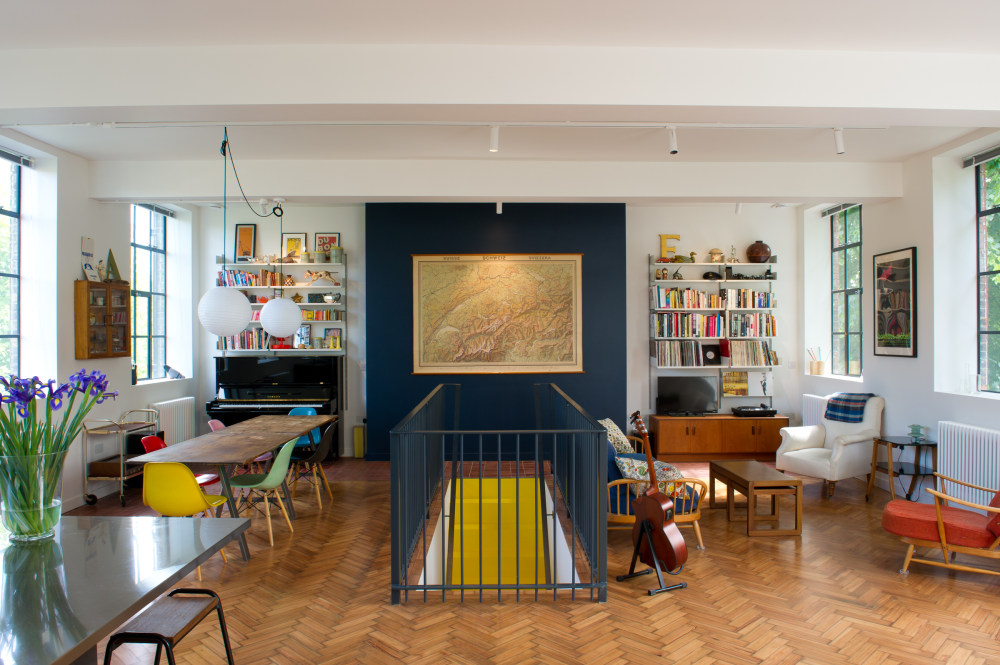
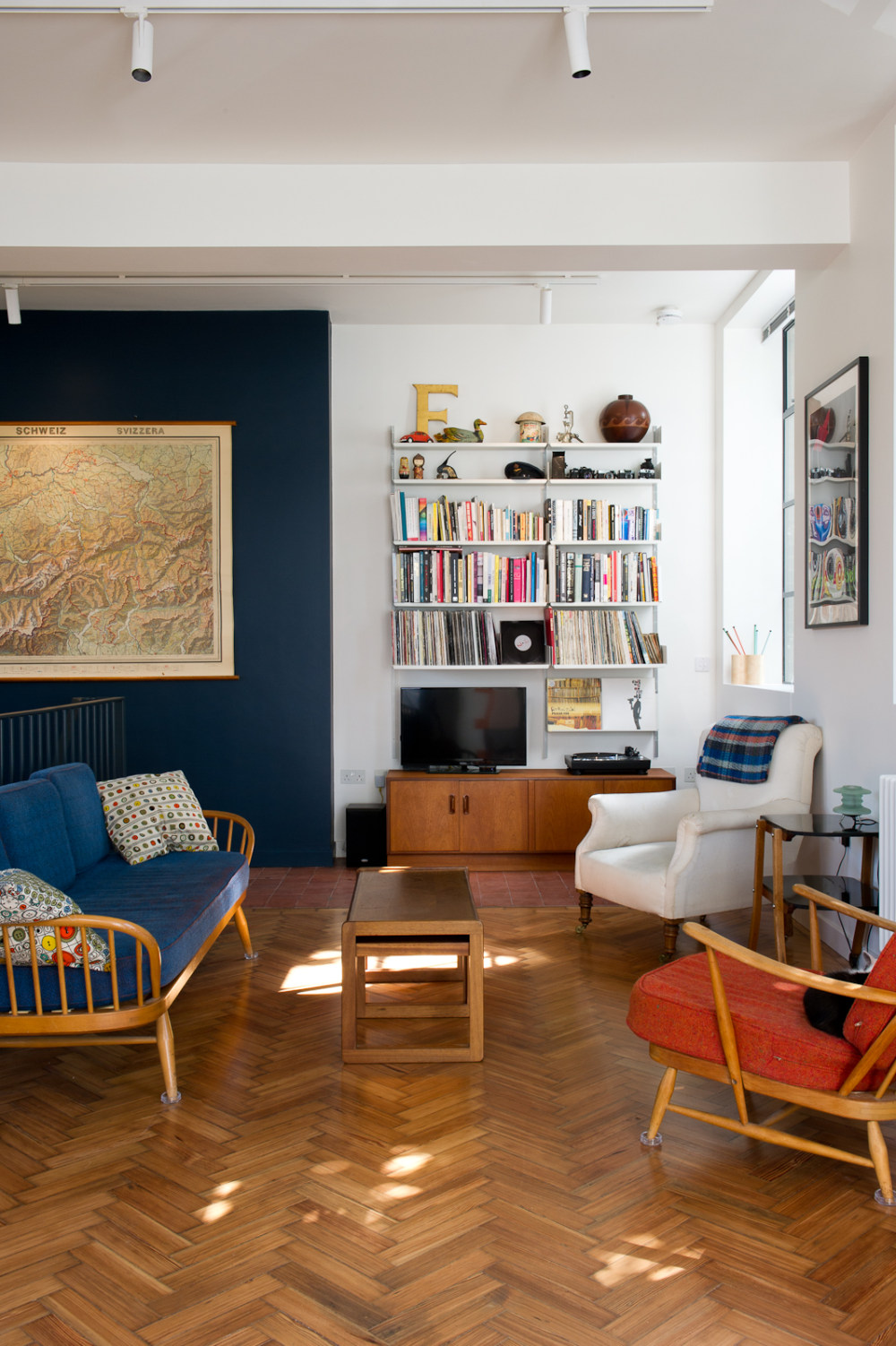
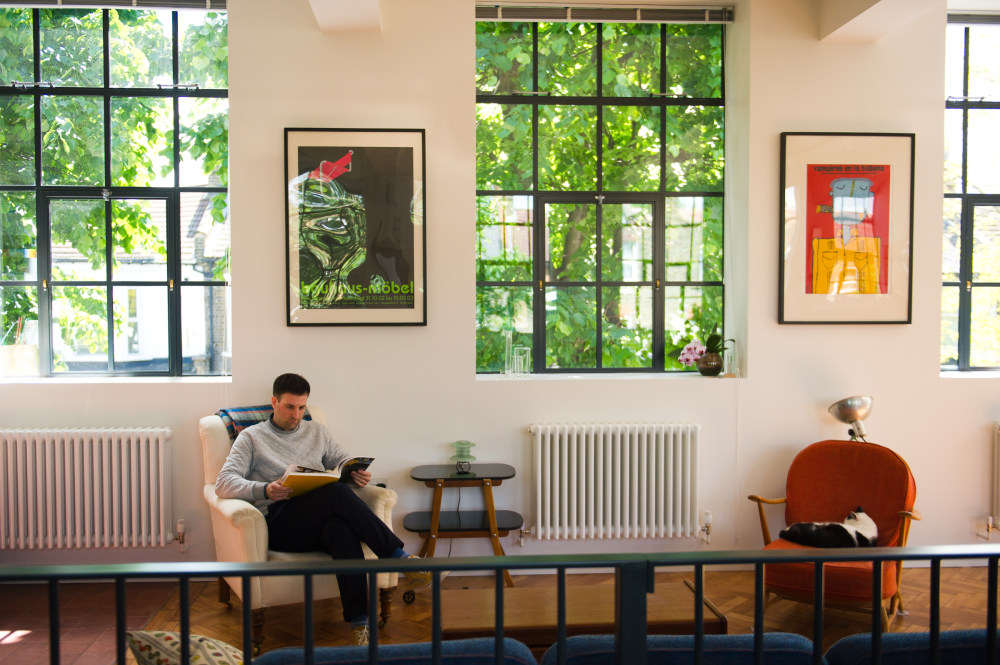
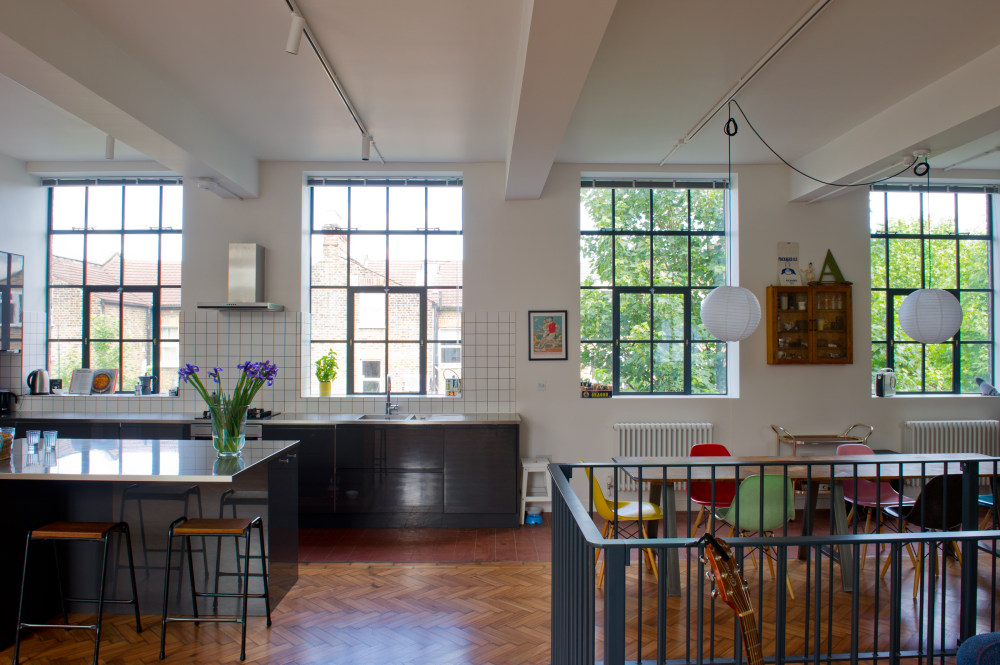

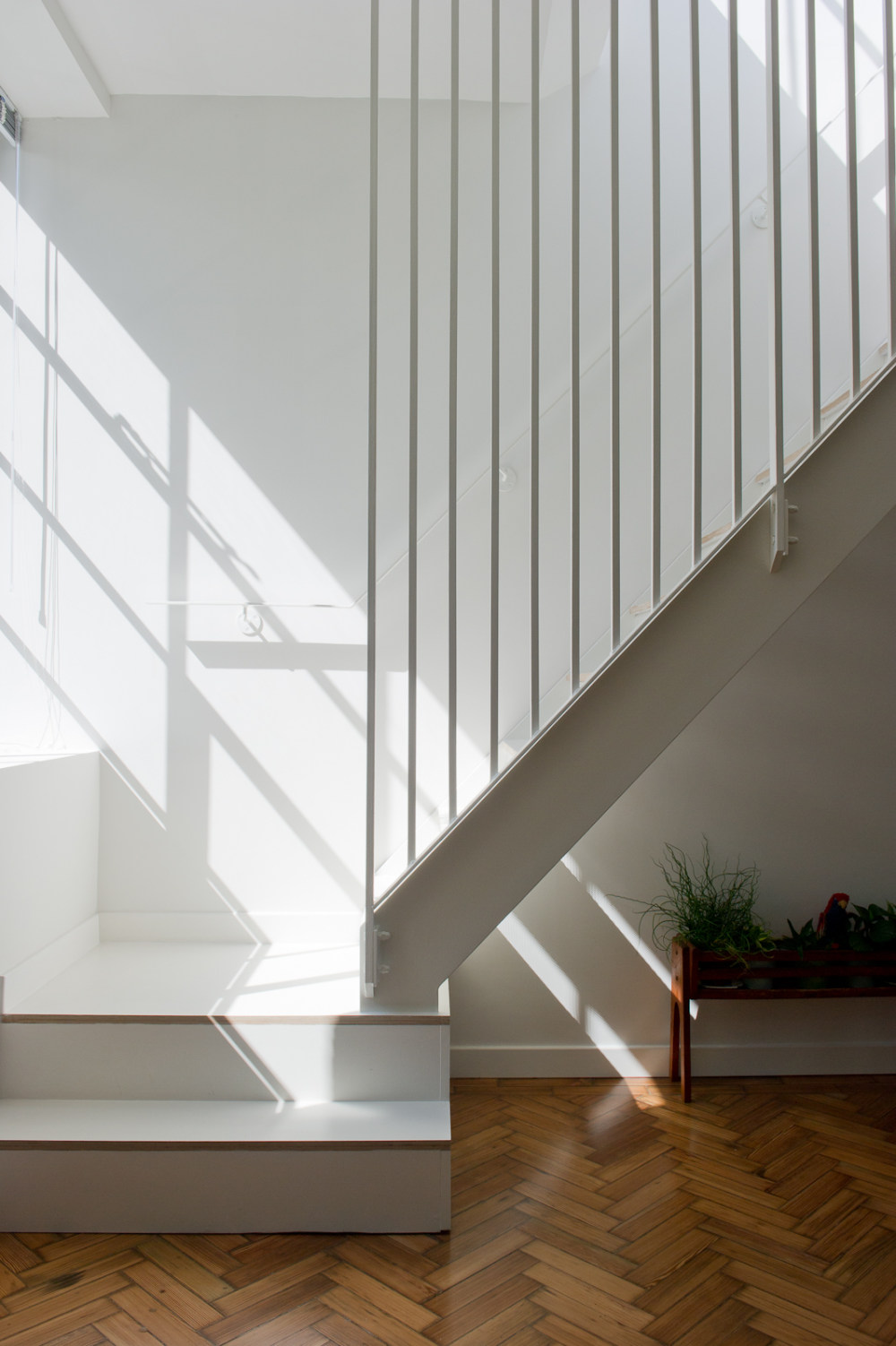
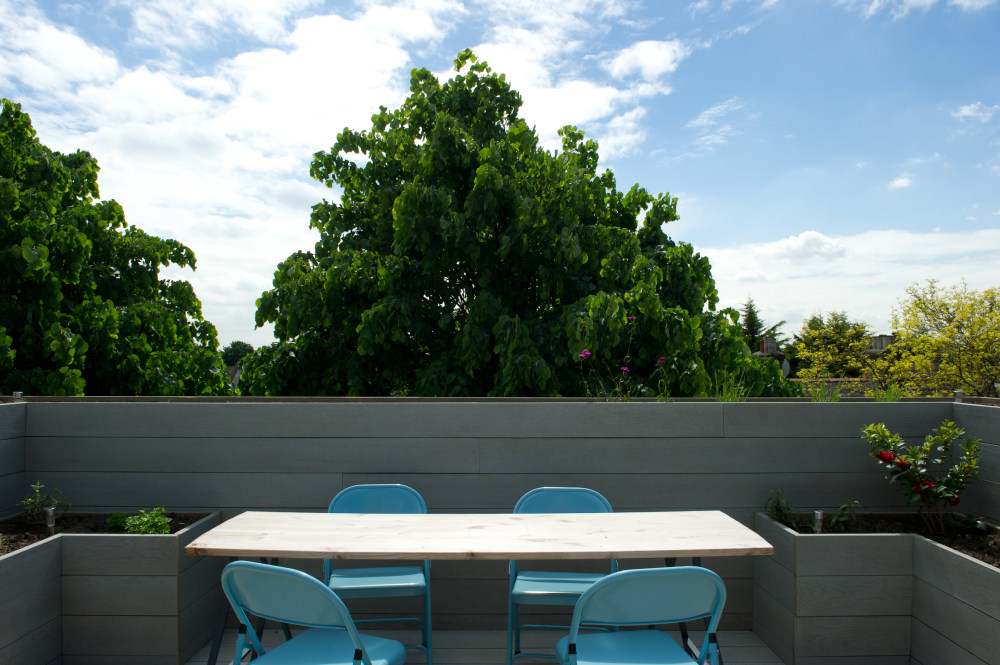
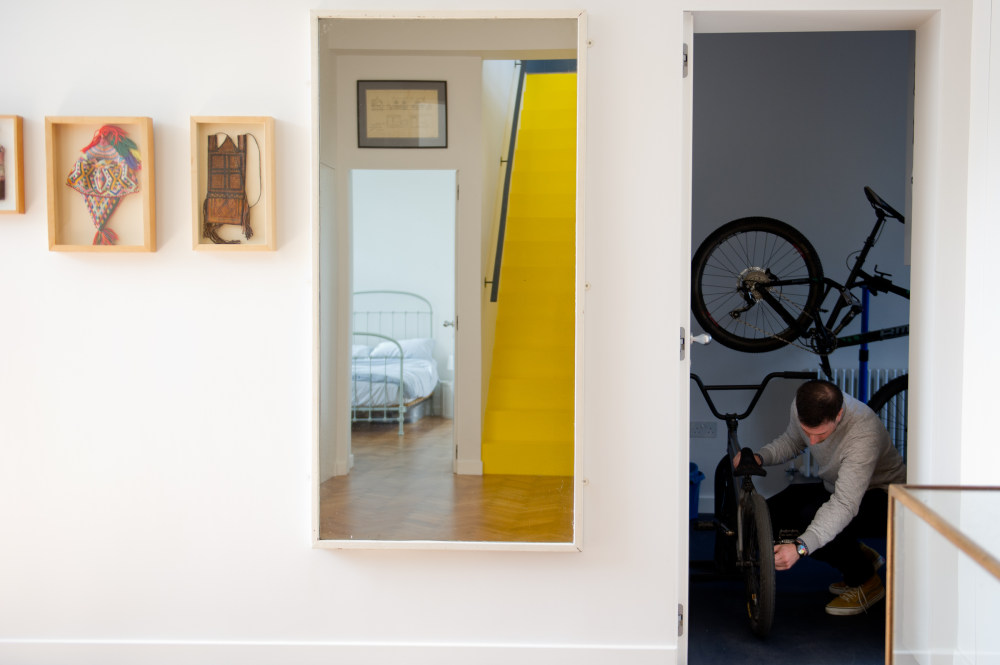
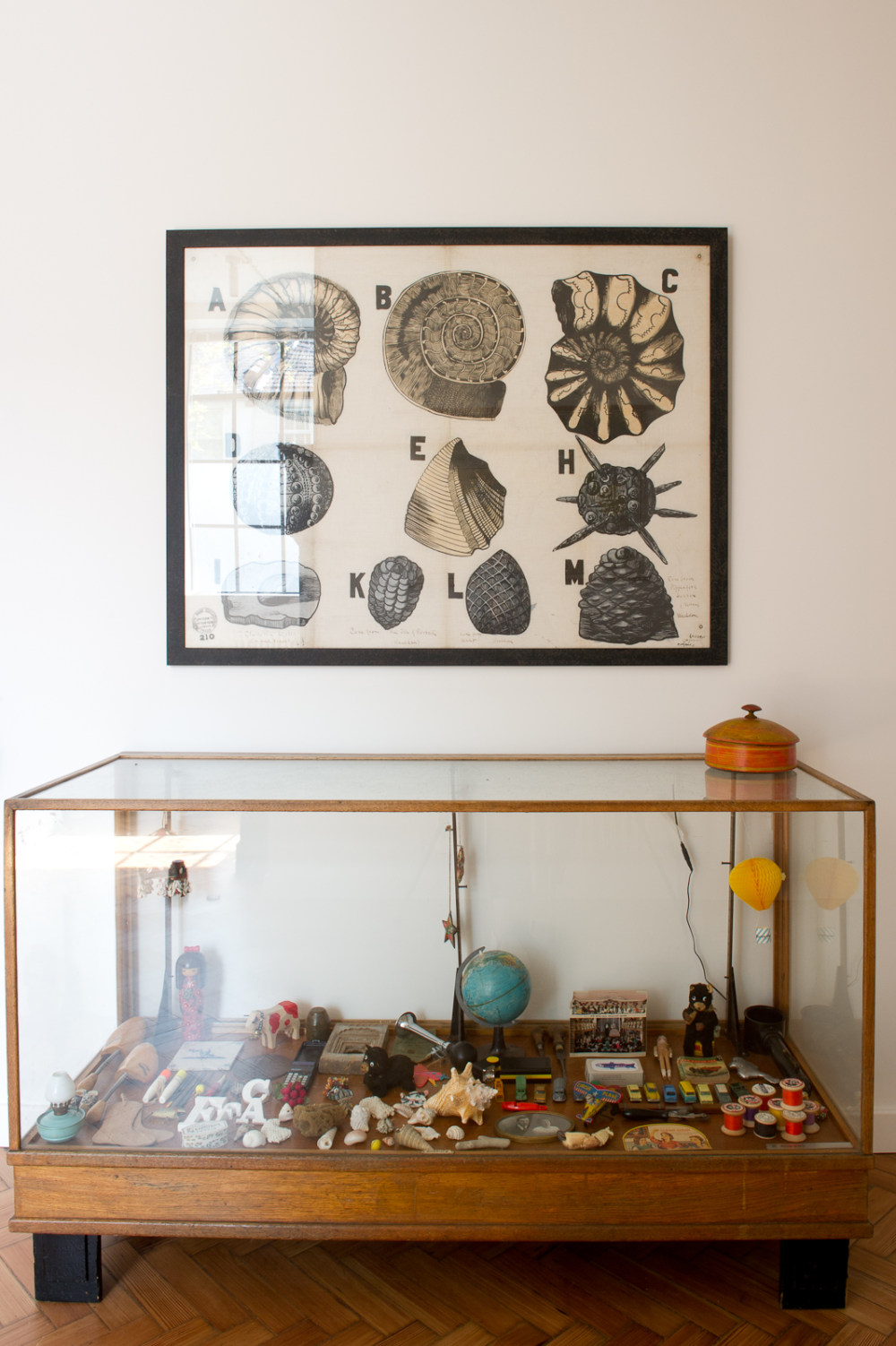
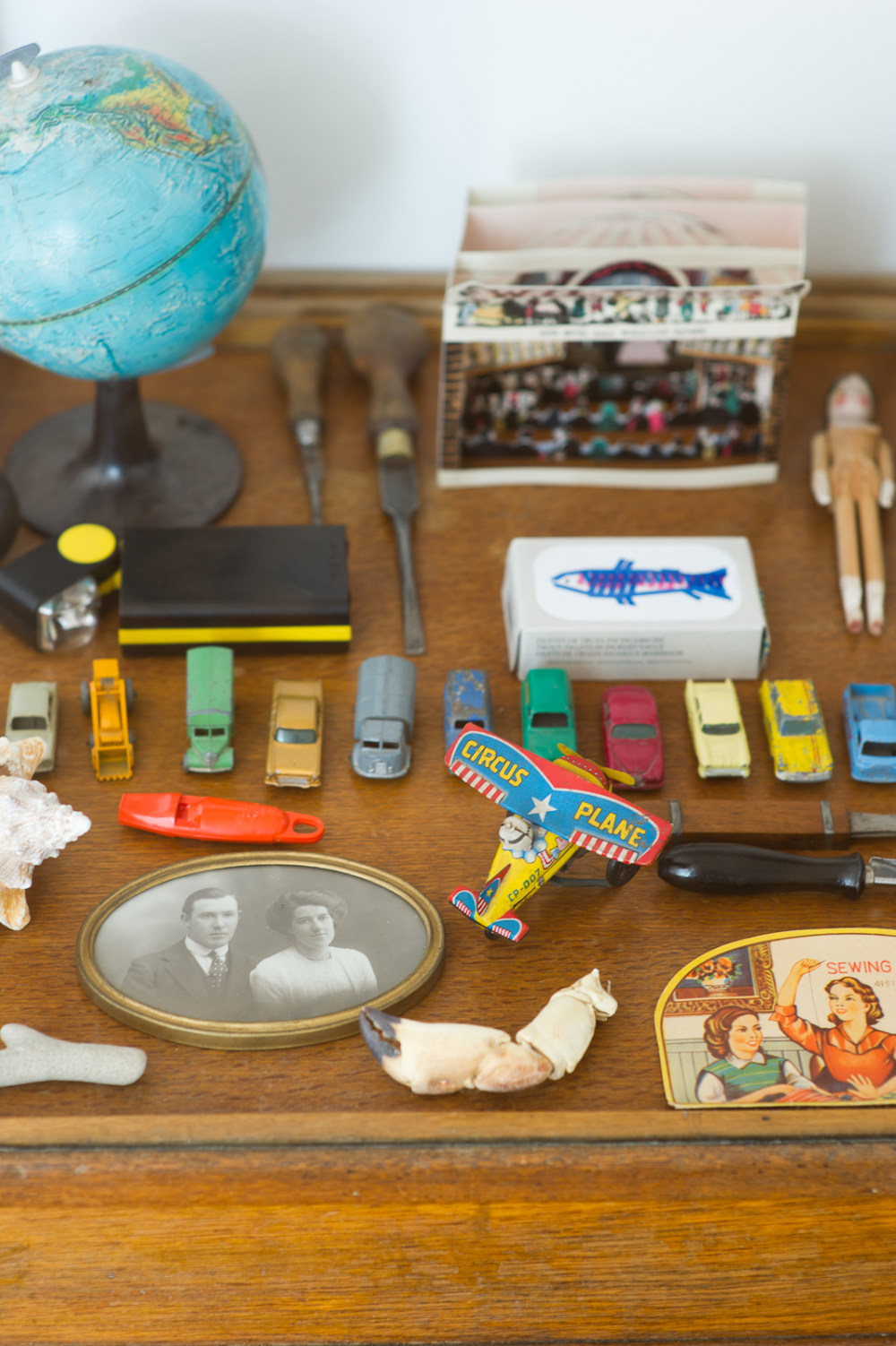
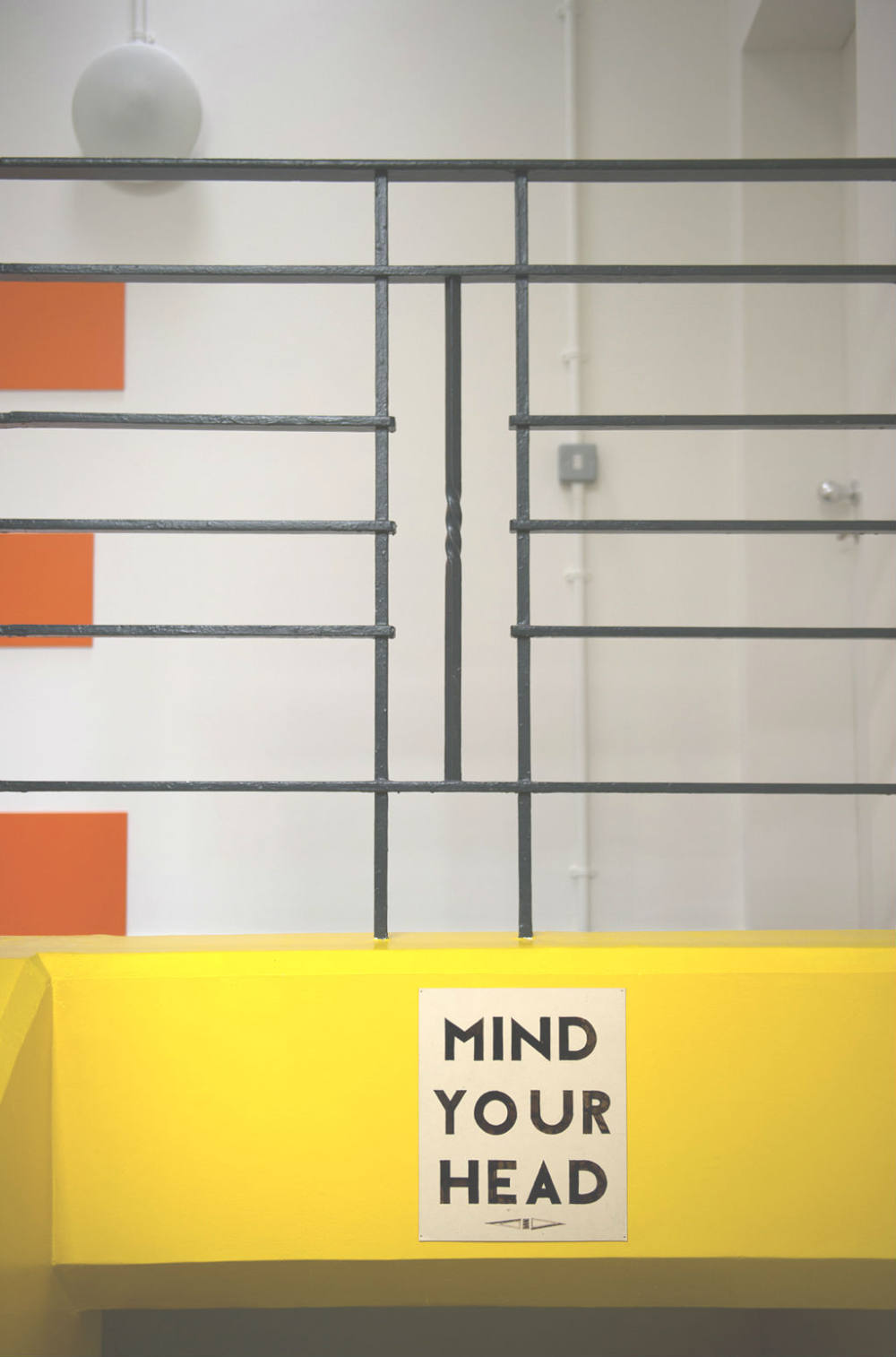
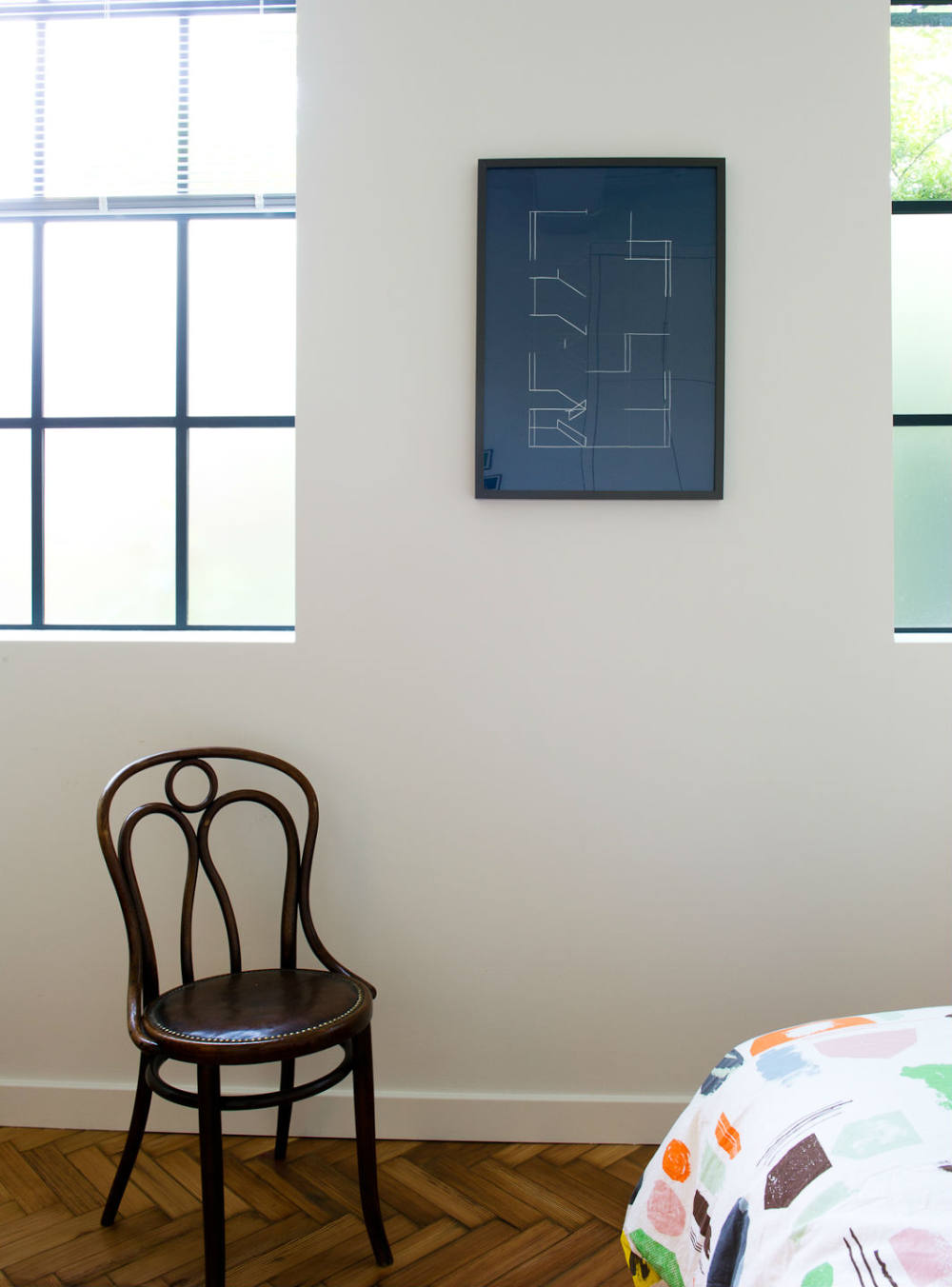
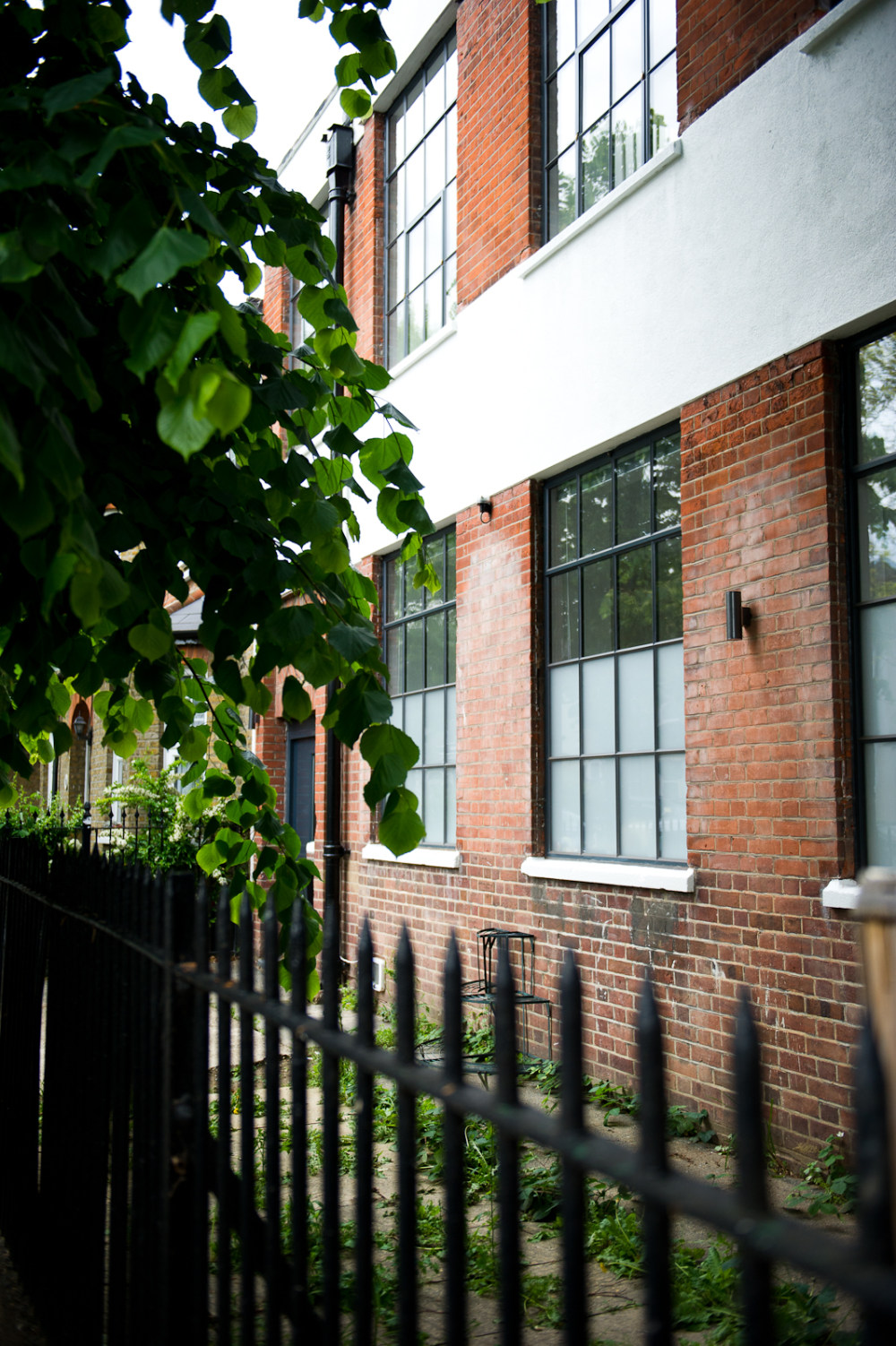
“Our old flat in Hackney was a late-Victorian tenement building and we had a lot of space, so when we started looking we knew we’d want something big with lots of character. This used to be a science lab for an old school.
“The school was built around 1900 and this block was added in the mid-thirties. It was then used as a canteen, an art department and science labs, and was eventually converted into two flats after it went into private ownership. Apparently at one point it was even used as a recording studio for East 17 and Run-DMC. Forest Gate has a big history of music – Jimmy Hendrix wrote Purple Haze in the Upper Club here, and there’s a lot of jazz going on in Newham and so on – so I kind of can believe it; but it would have been before the internet in the late ‘80s and ‘90s so it’s hard to find a record of that kind of thing.
“When we bought the place we had to get planning permission to merge it to one dwelling and convert the flat roof into a terrace. We lived in it as it was for 18 months to work out what we wanted to do, and then we stripped everything back to the concrete framework and started again.
“We kept the original concrete stairwell, the parquet floor and the tiling that goes all the way around the perimeter – I think it must have been used as a protective surface where the workbenches would have been. We put a lot of thought into the windows because we wanted something that worked really well with the period of the property. The windows were all PVC but there was one original steel window on the ground floor by the door where the old school caretaker would have had access, so we used that as a reference and specified these windows with Fabco. Some people will spend a lot on a kitchen but I’d rather invest in windows and the fabric of the building to make the most of a space. We wanted everything that was new in the house to be modern and contemporary: there are no architraves in the doors and they use magnets so there are no latches – they’re really flush.
“The new staircase defines the different areas of the living space really well and it carries light through the whole house. The place gives us enough space to have a lot of people over, but if we want to make something more intimate then friends sit at the kitchen island while we’re cooking. It’s also great to have the roof terrace, we come up every morning and have a coffee. It’s really green and secluded but you can still see the BT tower and Canary Wharf. We’ve only just started planting it up so it’s early days!
“The yellow is a great accent – it really wakes you up. Downstairs there are three bedrooms, two bathrooms and a utility-room-cum-bike-workshop. I also have my studio on the first floor and I love working here. At the moment I’m working on a two-storey extension in Dagenham, a loft conversion in Walthamstow and the remodel of a detached Victorian house, so it’s pretty busy.
“Don’t mind the cat. He used to be pretty crazy but he’s chilled out over the years. He’s called Snooker – he adopted us. When my wife Florence and I moved to London from Glasgow we got a place in London Fields and he just wandered in as we were unpacking. He never left. No one knew who he was: we took him to the vet to see if he had an owner but he wasn’t microchipped or anything. He’s moved with us three times now.
“We already owned a lot of the furniture but it fits really well in the space. That’s one of the great things about these industrial-style buildings. We got a lot from auctions – some of the Ercol pieces are from a great one called Criterion on Essex Road in Islington. The shelves are Vitsoe and the Eames dining chairs we bought new from SCP as they stock the only ones that still use fibreglass. Theyre made with the original press from the Eames production back in the ‘50s. The two table tops were originally drawing tables in the General Motors factory where Florence’s father was an engineer, they’re covered in pin holes.
“The old shop cabinet has a lot of treasures in it: things from our families, objects that remind us of travel, life, home. The shells are from Cuba, Vietnam and China. I personally love the magnifying glass with a built-in torch – I don’t know how anyone ever thought that would be practical: its so heavy and huge.
“The print is by the Working Mens Educational Union, its a Victorian prop that would have explained shells and fossils…the union was a philanthropic society that went around pubs and clubs and gave talks and demonstrations. We got it from Florence’s mother, Meg Andrews, who’s an antique costume and textile dealer – she often picks up beautiful textiles and twentieth-century prints.
“We’ve only just started to get pictures up but this one is by a friend of mine, Tian Khee Siong. He’s an artist and photographer and he sketched a cross-section of a car park in Glasgow and abstracted it. I think it’s white ink on blue tracing paper, it might even be Tip-Ex. The one in the other bedroom is by Florence’s dad’s partner, Frances Ewing-Press, she went through a period of making line drawings and they’re all single lines drawn by hand. It reminds me of the Joy Division album cover.
“We’re incredibly lucky to have been able to do this. We were originally looking all around Walthamstow, Leyton and so on and we didn’t really think about Forest Gate, but it’s great. There’s a real mix of people with a lot of younger people like us moving to the area from Hackney and the like, and there are people who’ve lived here for 40-50 years. All the housing is typical Victorian London stock and a lot of businesses are coming into the area because of Crossrail. The railway arches are a little hub with a scaffolder, The Wanstead Tap and the Burgess & Hall wine shop – and then there’s The Forest Tavern and a load of small coffee places in Forest Gate proper. We’re right next to Epping Forest and the Wanstead Flats, but within 10 minutes of the city centre. I love that.”
Carlo, The Modern House is really about modern living; how do you define that?
“For me, it’s quality space and honest design – it’s about how the space works, the layouts and how the areas interlink. Sightlines, detailing and materials are important. It’s about making spaces feel light and, not necessarily big, but generous.”
If you were to move on, what’s the first thing you’d take with you?
“Probably Florence! She helped a lot with the design of this place and she holds me together when I’m going on about a detail or something. Otherwise it would be the piano – I moved over from Switzerland 12 years ago but couldnt bring my piano, I only recently bought one again. In the evening the sunlight comes through and there’s a lovely golden light when I play.”
Can you think of a property that’s caught your eye over the years?
“I first came across The Modern House when I was a student so I’ve seen a lot, but at the moment I really like Bunyan Court in the Barbican. I would love to live next to the sea or a big lake at some point too, so the Modernist Aldeburgh house by Gordon White & Hood is another favourite.
Find out more about Carlos practice made with volume on our Directory of Architects and Designers.
- 转载自:The Modern House
- 语言:English
- 阅读原文
|

 发表于 2020-8-4 03:13:45
发表于 2020-8-4 03:13:45


















